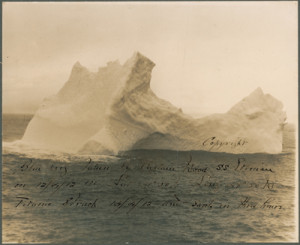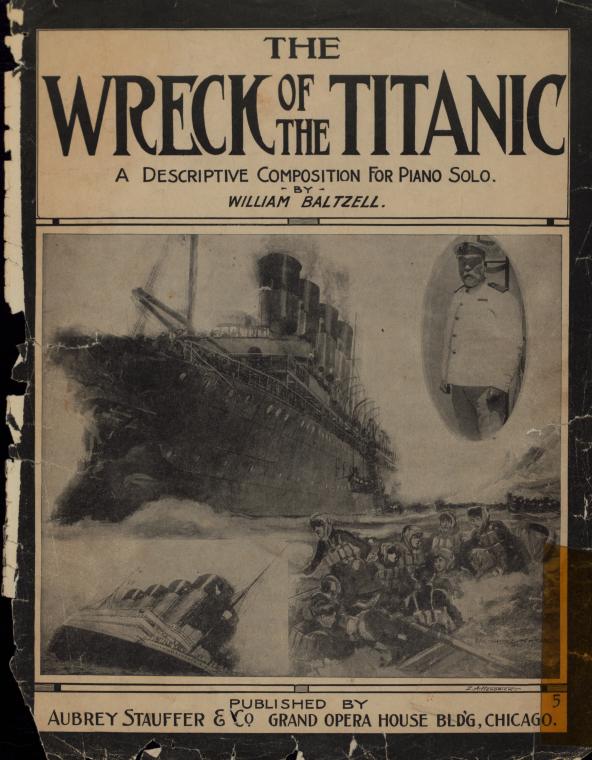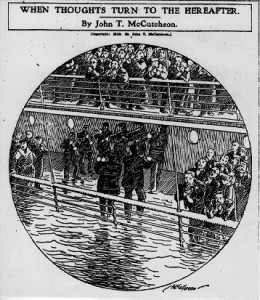
The iceberg which may have sunk the Titanic. Which hit which?
There are many theories being put forward over the past few years as to why there were so many icebergs in the North Atlantic that fateful April night in 1912 when the Titanic collided with one and sank. While the information ranges from assertions by modern scientists and researchers that there were more icebergs due to a really cold winter and spring, the article below which was published in LIVE SCIENCE proclaims that 1912 was an average busy season for bergs. The article goes on to say that the iceberg “hit the Titanic”. As there was no known type of motorized or sail propulsion for the iceberg to guide or power itself and plenty of evidence to show that the Titanic had multiple engines working hard to push the ship along at about 21 knots with a crew on duty in the bridge to steer the ship, it was the Titanic that “hit” the iceberg and caused the disaster. Had the lookout been doubled, had the lookouts had the use of binoculars and missed the iceberg, it is clear from the history of the White Star line that the luxury liner would have arrived in New York.
News articles which proclaim the iceberg “hit the Titanic” are equivalent with reports in the news that say that a train hit a man or a train hit a truck. Unless a train had been shown to have jumped off its tracks and raced through a field, down a highway and stalked a truck and collided with it, usually the train is where it is supposed to be and the truck generally is either parked on the tracks, drives around crossing gates or otherwise runs into and strikes the train. The responsibility for discerning the true facts of any story, including the story of the Titanic, rest with the reader. Therefore, with the wonderful methods of learning now available through the internet, keep on digging into the story and if you wish to believe the romance and fiction, then by all means suspend disbelief and enjoy. If you wish to learn the truth, keep digging from multiple sources. — Ken Rossignol
From Live Science: Old Coast Guard records are throwing cold water on a long-standing explanation for the loss of the Titanic: the suggestion that the fateful journey took place in waters bristling with icebergs, making 1912 an unlucky year to sail the North Atlantic.
Instead, more than a century of Atlantic iceberg counts reveals 1912 was an average year for dangerous floating ice. The findings also contradict a popular notion that the Jakobshavn Isbrae glacier on Greenland’s west coast birthed the Titanic’s deadly ‘berg. Instead, a computer model suggests that one of the glaciers at Greenland’s southern tip released the iceberg that hit the Titanic on April 14, 1912, drowning more than 1,500 people in the frigid ocean.
“I think the question of whether this was an unusual year has been laid to rest,” said Grant Bigg, an environmental scientist at the University of Sheffield and lead study author, adding, “1912 is not an exceptional year.” READ MORE
[metaslider id=286]




